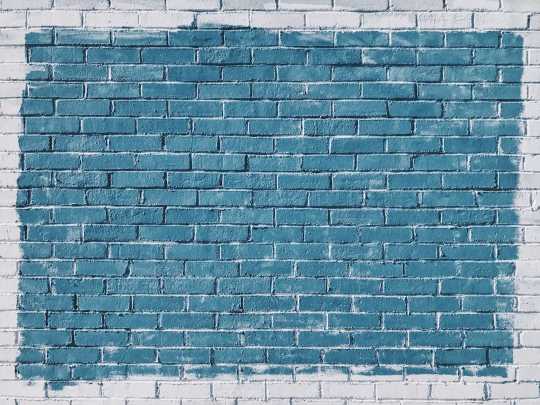Painting your walls can be a great way to refresh the look of a room and add a touch of personality to your living space. However, before you start slapping on that paint, it’s important to properly prep your walls to ensure a smooth and professional finish. Hiring a Painting contractor may be the easiest way to get the job done, but if you’re feeling ambitious and want to tackle the task yourself, here are some steps to properly prep your walls for painting.
The first step in prepping your walls for painting is to remove any old paint or wallpaper. This can be a time-consuming process, but it’s important to start with a clean slate. Use a scraper or putty knife to gently remove any loose or peeling paint, and then sand down any rough spots to create a smooth surface for your new coat of paint.
Next, it’s important to clean your walls thoroughly. Dust and dirt can prevent paint from adhering properly, so be sure to wipe down your walls with a damp cloth or sponge before you start painting. If your walls are particularly dirty or greasy, you may need to use a mild detergent or TSP (trisodium phosphate) solution to thoroughly clean them.
Once your walls are clean and smooth, it’s time to fill in any holes or cracks with spackling compound. Use a putty knife to apply the spackling compound to the damaged areas, and then smooth it out with a sanding block once it’s dry. This step is crucial for achieving a flawless finish, so be sure to take your time and make sure the repaired areas are completely smooth and free of imperfections.
After filling in any holes or cracks, it’s important to prime your walls before painting. Primer helps to seal the surface and create a uniform base for your paint, ensuring a more even and durable finish. Be sure to choose a primer that is suitable for the type of paint you’ll be using, whether it’s latex, oil-based, or specialty paint.
Finally, it’s time to paint! Use a high-quality paintbrush or roller to apply your chosen paint color in smooth, even strokes. Be sure to work in small sections to avoid visible brush marks or roller lines, and allow each coat to dry completely before applying the next one.
By following these steps and properly prepping your walls for painting, you can achieve a professional-looking finish that will refresh and transform your living space. Hiring a painting contractor can also be a great option if you want to ensure a flawless result without the hassle of DIY prep work. So whether you’re tackling the task yourself or enlisting the help of a professional, taking the time to properly prep your walls for painting is key to achieving a beautiful and long-lasting finish.

